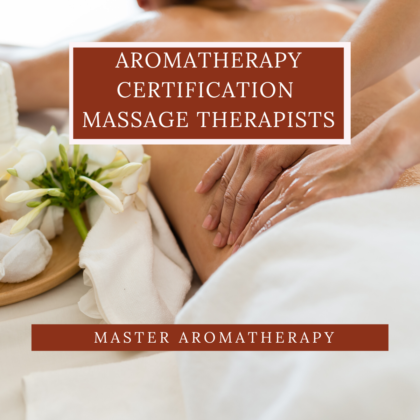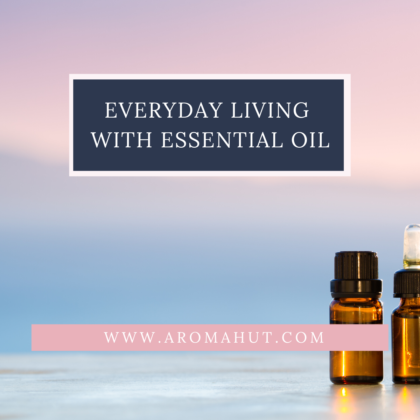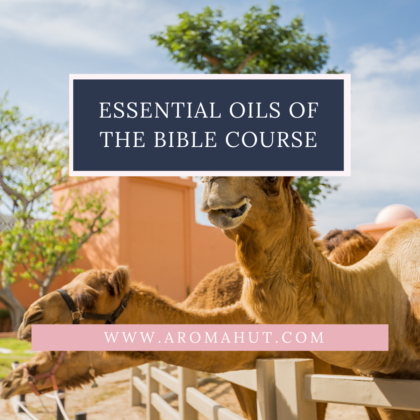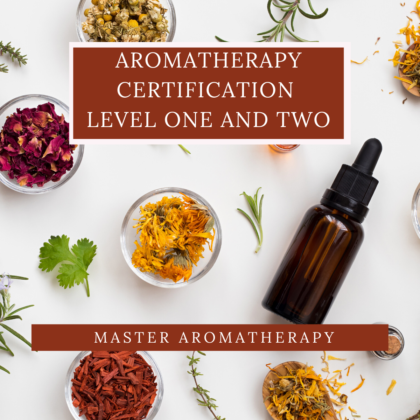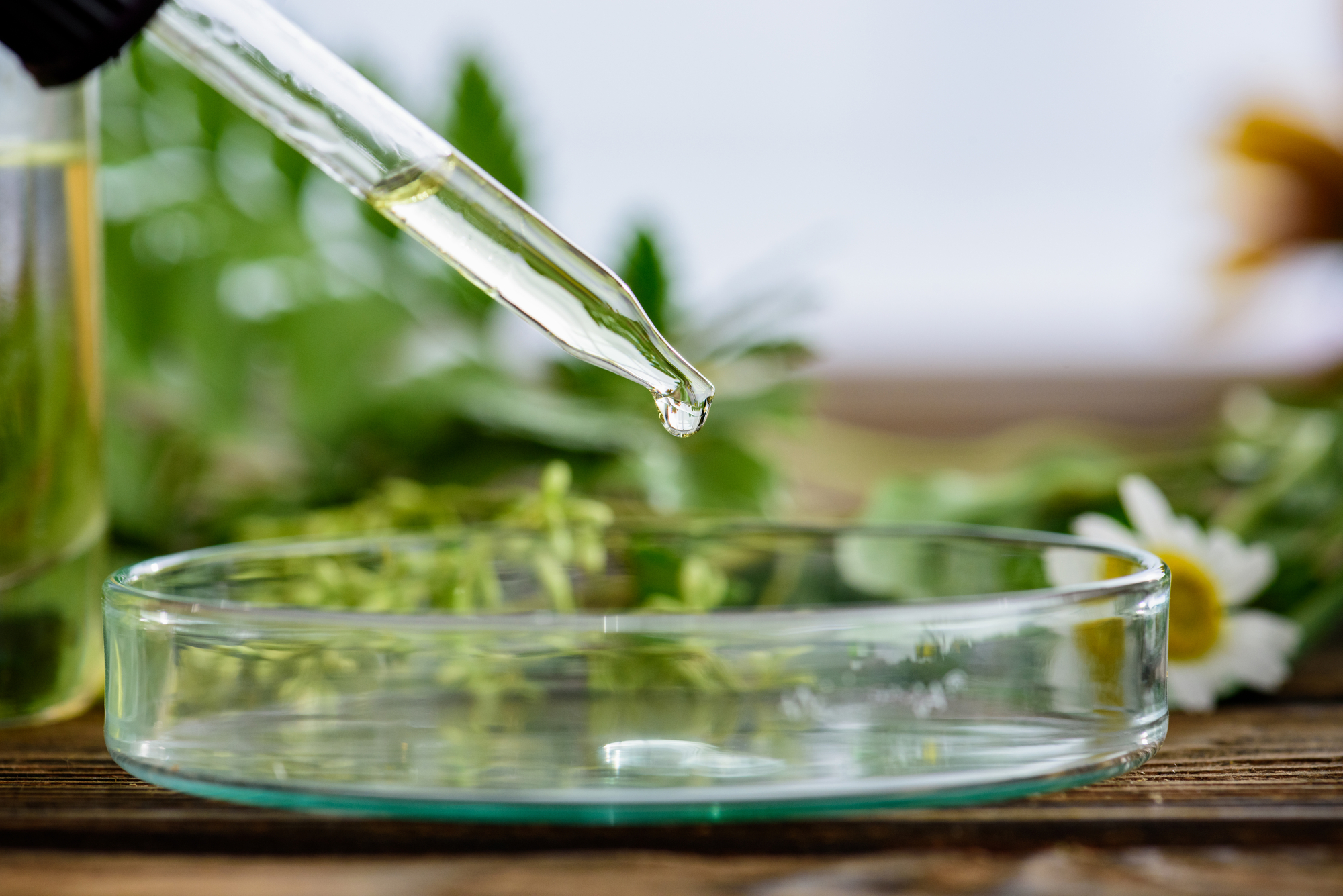
Description
Imagine opening the doors to a whole new world of cooking, unleashing new dimensions of sensory pleasure. Aromatherapy does just that! With essential oils you can enhance your culinary creations in a multitude of ways and its more than just fragrance or flavor, you will be adding nutritional and health benefits as well.
The use of essential oils as industrial food additives is notorious, like their medicinal properties. However, their use in household food spicing up til now has been limited. In this course, I will review the nutrigenomic actions exerted by their bioactive components, with hopes of bringing awareness of their modulating gene expression ability and the potential that this implies. Just understanding their diet components which can improve human health is worth the investigation.
Genetic mechanisms involved in the medicinal properties of essential oils for food use are identified in Rebecca Totilo’s book, Healthy Cooking With Essential Oil. These genetic mechanisms reveal nutrigenomic actions with a wide variety of nutrigenomic effects from certain essential oils used. More in depth reviews on the medicinal properties of essential oils are covered in more detail in our course, Aromatherapy Certification Level 1 and 2.
A general review about each essential oil and their properties, such as anti-inflammatory, analgesic, immunomodulatory, hypolipidemic (to learn more about this, read Rebecca’s book, How To Lower Cholesterol With Essential Oil), anti-diabetic, antioxidant, and so on is discussed. The essential oils for food use are potentially promoting health agents, and, therefore, worth using as flavoring and condiments. Becoming aware of the modulating gene expression actions from essential oils is important for understanding their potential for use in household dishes as spices to improve health. This course is just the tip of the iceberg when it comes to essential oils as active ingredients in functional foods and nutraceutical formulations. This takes whipping up a dish with a drop of essential oil to whole new level.
And, what about anti-rancidity effect of essential oils, and their application in the lipid stability of cooked foods and the potential implications for health? The antioxidant effects of the monoterpenes carvacrol, thymol, and sabinene hydrate have been proven to provide stability and safer means for storage. Food is not merely fuel; it can be enjoyed as a multi-sensory experience that brings therapeutic value as well as nourishment with essential oils.
The virtues of essential oils are well known, but their benefits based on their phytochemical and nutritional values extend beyond the treatment room. Cooking with essential oils can open up a wealth of creative opportunities in the kitchen. For years we have limited the use of essential oils to scented candles and massage oils, in the belief that they are unsafe to consume. But the tide is turning – more and more people are realizing the value of using essential oils to enhance our food.
Exhaustive directory of essential oils and herbs commonly used in cooking and some of their therapeutic properties
• Blending techniques for creating favorite essential oil flavor groups
• Quick pinch substitution guides for spices and herbs
• Ways to use hydrosols for marinades, dressings, and dipping oils
• Easy, super-fast recipes for making your own seasoned and flavored salts
• Charts galore for knowing which essential oils to use for smoothies, flavored honeys, and more
In this course, discover how to use essential oils to enhance your cooking and your health, with several unique recipes to try!

